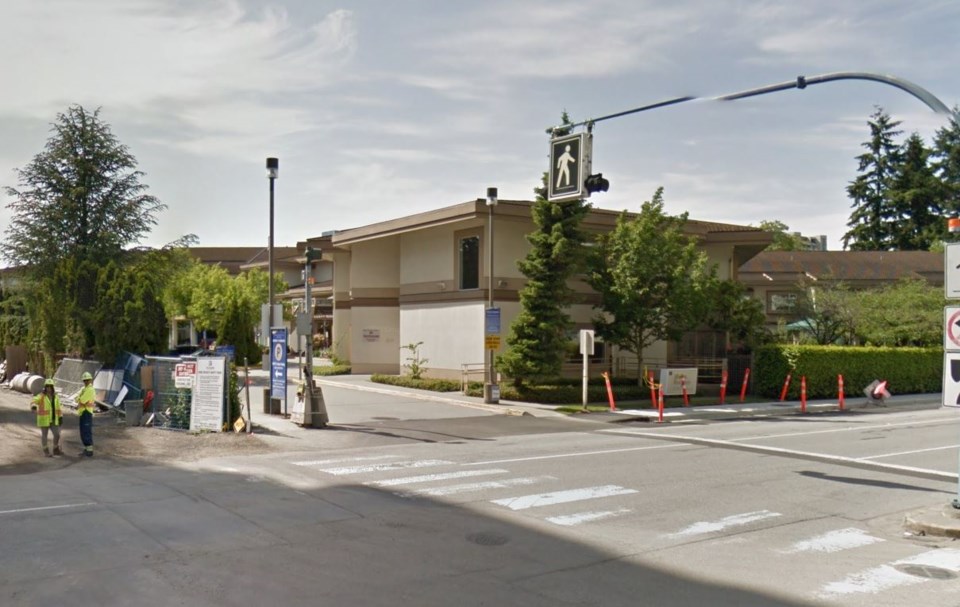Dear Editor,
Re: “Thanks to the kind strangers who came to my aid,” Letters, June 22.
This letter is intended to provide an update on ongoing improvements to the intersection of Minoru Boulevard and Gollner Avenue, which was commented on in a recent letter to the editor.
As is typical with roadworks projects, final repaving or asphalt lift of this intersection is scheduled to be completed once all other construction activity is concluded. This is done for both practical and economic reasons as it does not make sense to commence the asphalt lift if it is simply going to be torn up again in the near future in order to complete other necessary works.
I am pleased to report that the asphalt lift of this intersection is scheduled to begin the week of July 4. This will bring the intersection up to finished standards, eliminating all uneven pavement.We thank the public for its patience during the reconstruction of this intersection. These improvements will also ensure that grading of sidewalk and curb access to the intersection meets all safety standards.
On another note, pedestrians can be assured that the new traffic signals at the intersection provide adequate time for crossing of the intersection, meeting Canadian standards for safety. Pedestrians who find themselves having difficulty crossing in time may be entering the intersection too late in the “flashing hand” phase of the signal operation.
The white “walk” light indicates when pedestrians are permitted to begin crossing by stepping off the curb while ensuring all vehicles are stopped. In Richmond, the standard duration of the walk light is eight seconds but for some directions it can be greater when different modes of signal operation are in effect.
The walk light is followed by an orange “flashing hand” pedestrian clearance indication. This clearance duration is timed based on a specific pedestrian walking speed to cross the entire intersection. If a pedestrian steps off the curb and begins crossing just as the hand starts flashing, there should be adequate time to finish crossing. If a pedestrian ignores the “flashing hand” and starts crossing after it is on, there may not be adequate time to cross safely if they proceed at a normal walking pace or slower.
For more information on how traffic signals and crossing times are determined, please visit Richmond.ca/services/ttp/signals/faq.htm.
Victor Wei, P. Eng.
City of Richmond



